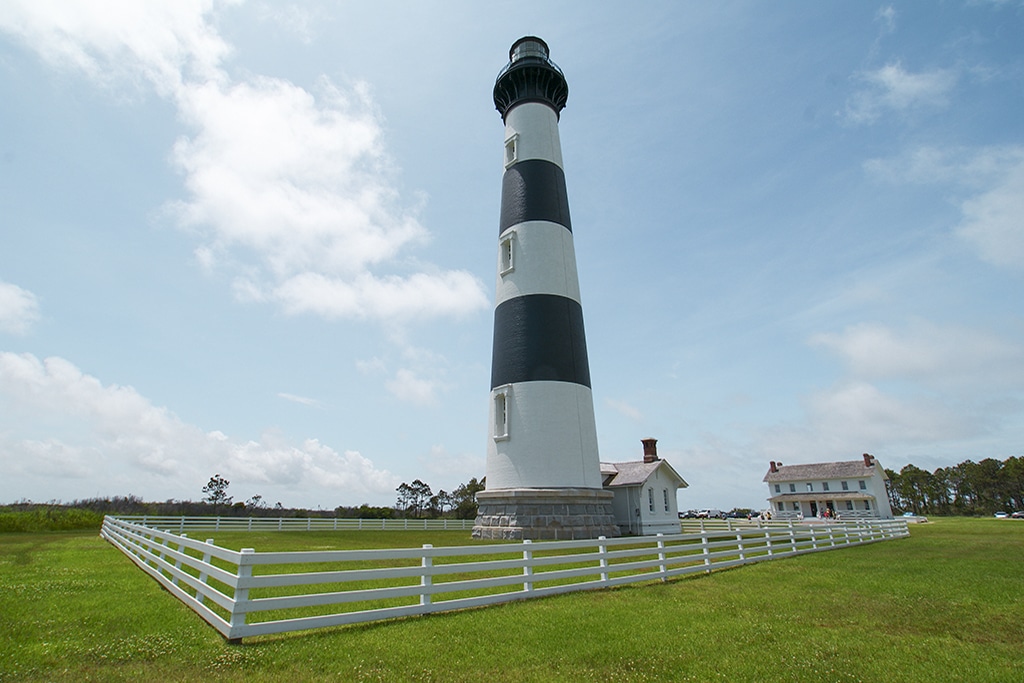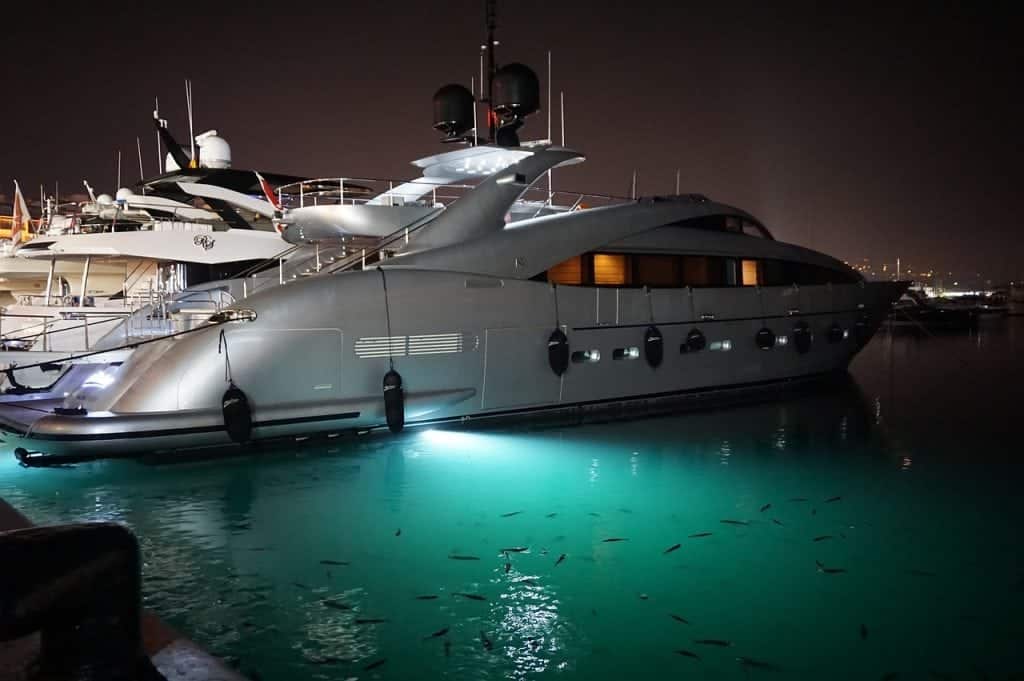Clear the air after months of layup when marine sanitation systems and air-conditioning ducts may be filled with stale, foul air. Ridding the boat of trapped odors ranges from the first step of simply flinging open all the doors, ports and hatches, to inspecting and cleaning the wastewater lines and holding tank with eco-friendly treatments, and installing an air filtration system.
A physical inspection of sanitation lines, valves and vented loops ensures there isn’t a major problem brewing. The sanitation system may have been neglected and not properly winterized, so it’s important to start off fresh. “Over the course of the boating season and in down time the vent valve can get stuck, an air pocket gets trapped and the head won’t work,” says Dale Weatherstone, Raritan’s managing director of Fort Lauderdale operations. “Check your discharge line vented loops to make sure the valves are functioning correctly. The lubricant used may be silicone-based, which is awful for valves. What you want is a Teflon-based kind of grease. Also, if you can increase the ventilation within your holding tank, do so. Most boats have three-eighths or half-inch lines, but one-inch vent lines are recommended.”
Raritan makes three biodegradable, non-toxic liquid treatments that can help rid the boat of sanitation odors: K.O. for holding tanks, C.P. for cleaning the head, and C.H. for cleaning lines and hoses. “K.O. helps facilitate the breakdown of solids to make pump-out easier,” Weatherstone says. “When re-commissioning, start with that prescribed mixture and then the boat is ready when people start using the heads. The aerobic bugs in K.O. consume the anaerobic foul-smelling bugs in the holding tank and break the solids down to more liquid contents, and that eliminates odors.”
[photomosaic type=”rectangular” ids=”5007,5008,5009″]
Raritan’s C.P. is a bio-enzymatic treatment for cleaning the head and works in conjunction with K.O. Raritan’s C.H. cleans up the hoses and holding tank by removing calcium carbonate that builds up from using salt or brackish water for raw-water flush toilets. “The calcium carbonate buildup gets so bad a one-and-a-half-inch discharge line can have the opening the size of a pencil,” Weatherstone explains. “C.H. dissolves that and eliminates it.”
While you are checking the boat’s internal lines and valves, it’s a relief to finally air out the boat after months of layup. The saloon, cabins and heads may be musty from the lack of fresh air, so on a nice day open everything and let the breeze flow through. However, unpleasant cooking odors, molds, viruses, and more can fester and linger, and Dometic’s In-Duct Breathe Easy Purifier can help.
In-Duct Breathe Easy can be installed anywhere within the air conditioning system’s ducting. Cut into the ductwork at the desired location, insert the Breathe Easy tube and re-connect the ducting (it is available in all common duct diameters). Dometic recommends installing it in a section of the ducting that’s easily accessible for servicing, as the UV bulb must be replaced annually. The Breathe Easy works silently within the ductwork using the air conditioning system’s blower to move air through the purifier.
Air-purification systems utilize the purification power of UV light, and it is important to make sure the system’s UV light does not produce ozone. Ozone—an unstable molecule—creates free radicals that may irritate the lungs and deteriorate rubber seals. The UV bulb in Dometic’s Breathe Easy air purifier operates at a frequency that does not produce ozone.
UV light sterilizes biological contaminants that pass close to it and also activates the photocatalytic coating inside the purification device. Biological or chemical contaminants that come in contact with the coating are molecularly reconfigured into harmless elements such as water vapor or carbon dioxide. For best results, boat owners should consider systems that maximize air contact with both the UV light and the photocatalytic coating.
By Don Minikus, Southern Boating March 2014













